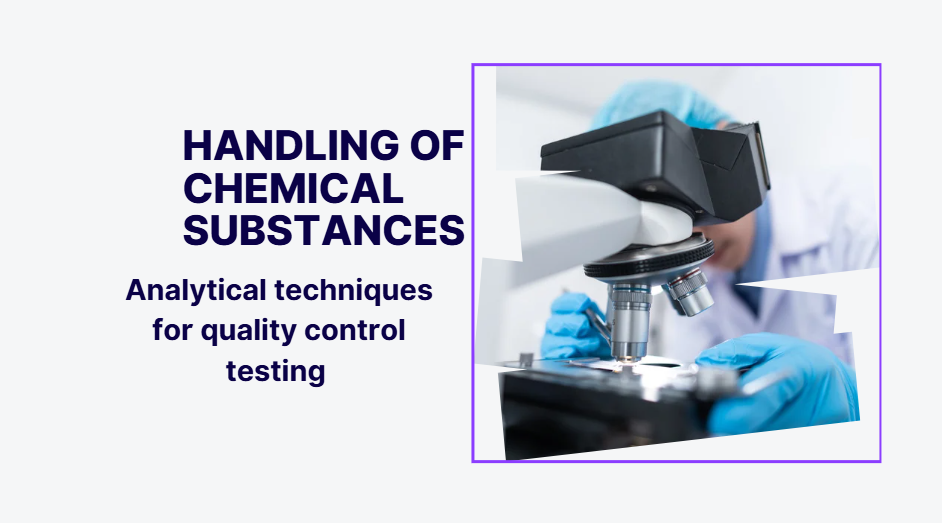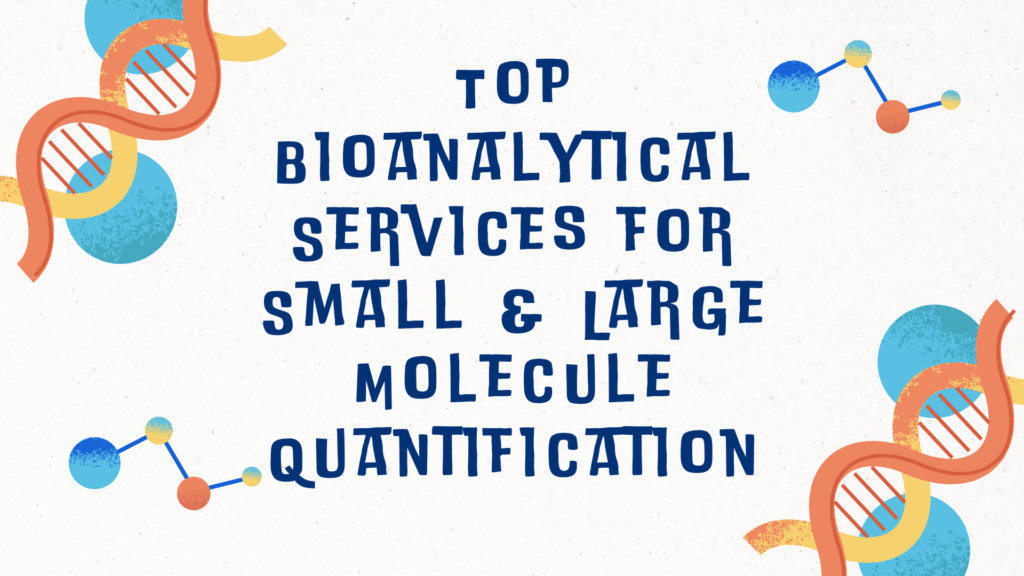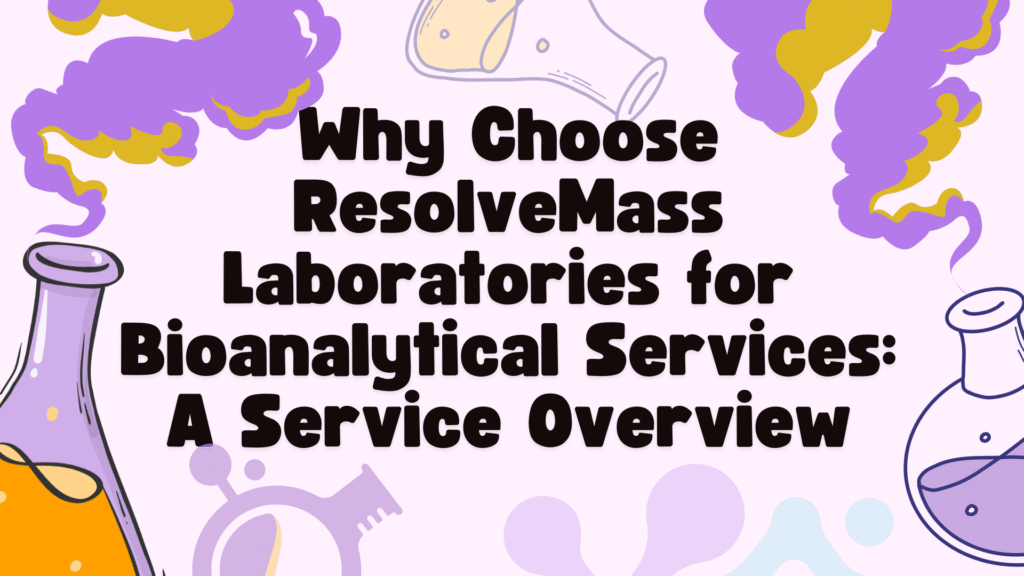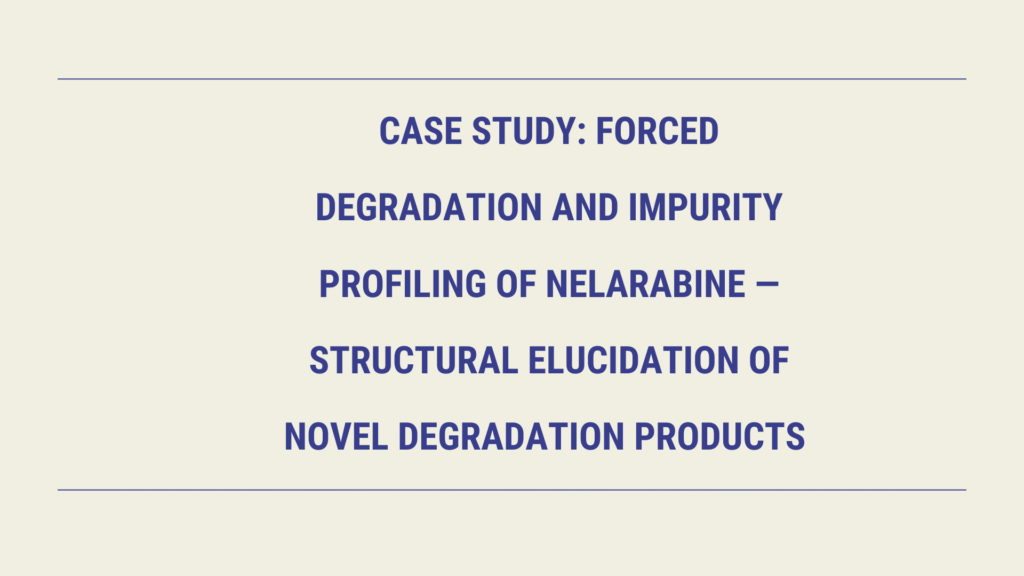
Quality control testing is the cornerstone of ensuring product safety, reliability, and compliance in various industries. In Canada, regulatory bodies like Health Canada, the Canadian Food Inspection Agency (CFIA), and Environment and Climate Change Canada (ECCC) enforce strict standards to safeguard public health and the environment. To meet these standards, advanced analytical techniques are employed for quality control testing.
This blog explores the critical analytical techniques used across industries in Canada, their applications, and their role in ensuring that products meet regulatory and market requirements.
The Importance of Quality Control Testing in Canada
Quality control testing ensures that products are safe, effective, and meet their intended specifications. It covers the entire product lifecycle—from raw material analysis to in-process checks and final product testing. Industries such as pharmaceuticals, food and beverages, environmental monitoring, and materials manufacturing rely heavily on quality control testing to ensure compliance with national and international standards.
Regulatory Framework for Quality Control in Canada
In Canada, quality control testing is guided by:
- Health Canada: Enforces guidelines for pharmaceuticals, medical devices, and food safety.
- CFIA: Regulates food production and agriculture to maintain safety and quality.
- ECCC: Sets environmental standards for monitoring pollutants and emissions.
- ISO Standards: Laboratories often adhere to ISO/IEC 17025 for testing competence.
Key Analytical Techniques for Quality Control Testing
1. High-Performance Liquid Chromatography (HPLC)
HPLC is a widely used technique for separating, identifying, and quantifying components in a mixture.
Applications in Canada:
- Pharmaceuticals: Ensuring drug purity and content uniformity.
- Food Industry: Detecting contaminants like mycotoxins and additives.
- Environmental Testing: Analyzing water and soil samples for pollutants.
Example:
A study showcased the application of HPLC in analyzing pharmaceutical impurities, highlighting its accuracy and reliability
2. Gas Chromatography-Mass Spectrometry (GC-MS)
GC-MS combines the separation capabilities of gas chromatography with the detection accuracy of mass spectrometry, making it indispensable for volatile and semi-volatile compound analysis.
Applications in Canada:
- Environmental Monitoring: Detecting volatile organic compounds (VOCs).
- Food Safety: Analyzing flavor compounds and detecting pesticide residues.
Example:
GC-MS was effectively used to identify VOCs in environmental samples in Canada
3. Fourier-Transform Infrared Spectroscopy (FTIR)
FTIR is a non-destructive technique that identifies chemical bonds in molecules through infrared absorption.
Applications in Canada:
- Material Science: Analyzing polymers, coatings, and composites.
- Pharmaceuticals: Identifying functional groups in drug formulations.
Example:
FTIR was utilized in analyzing polymer samples for medical device applications
4. Mass Spectrometry (MS)
Mass spectrometry is an advanced analytical technique that measures the mass-to-charge ratio of ions to identify and quantify compounds.
Applications in Canada:
- Proteomics: Identifying biomarkers in pharmaceutical research.
- Materials Science: Characterizing advanced materials.
Example:
Mass spectrometry was used for proteomic analysis in Canadian research
5. X-Ray Diffraction (XRD)
XRD is a powerful tool for studying crystalline structures and analyzing material properties.
Applications in Canada:
- Mining Industry: Identifying mineral compositions.
- Pharmaceuticals: Investigating drug polymorphism.
Example:
XRD was employed in Canadian mining studies for mineral characterization
Emerging Technologies in Quality Control Testing
1. Artificial Intelligence (AI) in Quality Control
AI algorithms can analyze large datasets, predict trends, and identify anomalies in quality control processes. AI is increasingly being adopted in Canada to enhance testing accuracy and efficiency.
2. Automation in Analytical Techniques
Automated systems for chromatography and spectrometry reduce human error and improve testing throughput.
3. Portable Analytical Devices
Portable instruments like handheld spectrometers enable on-site quality control testing, especially in remote areas.
Industry-Specific Applications of Analytical Techniques
Pharmaceuticals
- Ensuring drug purity, potency, and stability.
- Regulatory compliance with Health Canada and global standards.
Food and Beverages
- Detecting contaminants like pesticides, heavy metals, and allergens.
- Ensuring compliance with CFIA standards for food safety.
Environmental Monitoring
- Analyzing air, water, and soil for pollutants.
- Supporting ECCC initiatives for environmental sustainability.
Materials Manufacturing
- Characterizing the physical and chemical properties of materials.
- Ensuring the quality of polymers, metals, and composites.
Challenges in Quality Control Testing in Canada
1. Stringent Regulations
Complying with multiple regulatory standards can be complex and resource-intensive.
2. Technological Costs
Advanced analytical instruments require significant capital investment and skilled personnel.
3. Evolving Market Demands
Keeping up with new regulations and customer expectations requires continuous innovation.
REFERENCES
- Nelson F. Quality control program for a geochemical laboratory, Department of Geological Sciences, University of Saskatchewan, Canada (Doctoral dissertation, University of Saskatchewan).
- Abzalov M. Quality control of assay data: a review of procedures for measuring and monitoring precision and accuracy. Exploration and Mining Geology. 2008 Jul 1;17(3-4):131-44.
- Mitra A. Fundamentals of quality control and improvement. John Wiley & Sons; 2016 May 2.
GET STARTED WITH YOUR PROJECT
Partner with ResolveMass Laboratories Inc. for unparalleled expertise in quality control testing. Reach out to us today—your success is our priority!
The Role of Extractables and Leachables (E&L) in Carcinogenicity Risk
Introduction Extractables and Leachables Carcinogenicity Testing plays a vital role in protecting patients who rely…
Case Study: Forced Degradation Study of Gimeracil — Discovery and Structure Elucidation of Novel Impurities
Introduction Forced degradation studies are a cornerstone of modern pharmaceutical development, enabling scientists to intentionally…
Affordable Bioanalytical Services for Start-Up Biotech: What to Expect
INTRODUCTION Affordable bioanalytical services for start-up biotech companies provide the essential analytical support needed to…
Top Bioanalytical Services for Small & Large Molecule Quantification
Introduction Bioanalytical services for small & large molecule quantification are essential for ensuring precision, sensitivity,…
Why Choose ResolveMass Laboratories for Bioanalytical Services: A Service Overview
INTRODUCTION The short answer is: clients choose ResolveMass because this ResolveMass Bioanalytical Services Overview demonstrates…
Case Study: Forced Degradation and Impurity Profiling of Nelarabine — Structural Elucidation of Novel Degradation Products
Introduction: The Critical Role of Forced Degradation in Defining Nelarabine Stability Forced degradation testing continues…







